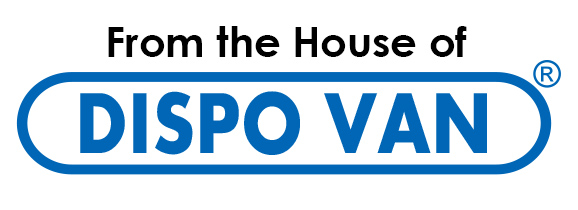

Invented by Joseph Kleiner and Becton Dickinson in 1949, an evacuated blood collection tube is a sterile plastic or glass test tube that is used to collect blood specimens. It has a coloured rubber stopper that creates a vacuum seal inside the tube, enabling a predetermined volume of liquid to be drawn. Blood collection tubes may contain additives to stabilize and preserve the blood sample prior to analytical testing.
Every evacuated blood collection tube is covered with a colour-coded plastic or rubber cap. The colour helps indicate the type of additives in the tube. Additives include chemical substances like anticoagulants that preserve the blood for processing in a laboratory. Some tubes also contain a gel that has a density between that of blood cells and serum. When these gel-containing tubes are centrifuged, the blood cells sink to the bottom and the serum – separated by a layer of the gel – accumulates on top. Evacuated blood collection tubes not containing gel or a clotting agent, on the other hand, are used when plasma, instead of serum, is required for lab analysis.
Every additive has a specific function and is selected as per the laboratory test to be performed. The colour indicators on the tubes help the phlebotomist identify the tube in which the blood should be drawn in accordance with the recommended test. Since blood collection tubes and tests are connected, using the wrong colour tube may render the blood sample unusable for the intended test.
The Colour Code
There is a standard protocol to the colour code on blood collection tubes that is universally applied across the medical field. Here is a comprehensive table that sheds light on the colour codes, the additives they indicate, and what they are used for.
- Colour Code
- Collection Tubes
- Inversion to Mix
- Yellow
- This is a blood culture tube that is used to detect the presence of bacteria or yeast in blood for identifying the microorganism present and help in getting the right treatment.
- 8-10 times
- blue
- These are PT/PTT Tubes/ Citrate Tubes designed according to 1:9 proportions of blood samples and anti-coagulants. As a result of the low toxicity of buffer sodium citrate, the period of blood storage can be extended.
- 3-4 times
- Red
- The non-addictive +BCA tubes are used for blood collection and storage for biochemistry, serology tests and immunology. It provides non-contaminated serum specimen for clinical test and keeps the serum stable for an extended inspection period.
- 5 times
- Dark Yellow
- GEL+BCA Tube is ideal for clinical biochemistry and immunology. The gel barrier can separate serum from fibrin and cells after centrifugation. It also prevents substance exchange between blood cell and serum, keeping the biochemical characteristics and chemical components of the serum stable for a long time.
- 5 times
- Green
- Heparin Tube is used for blood collection and anti-coagulation for routine clinical tests, emergency tests and some tests items in blood rheology. The tube is coated with lithium heparin (or sodium heparin on request).
- 8-10 times
- Lavender
- EDTA Tube is used widely for clinical haematology and various kinds of blood cell test instruments. It has EDTA K3/K2 as anticoagulant.
- 8-10 times
- Grey
- Glucose Tubes or Oxalate tubes are used to collect blood samples for Blood Sugar, Sugar tolerance, red blood cell electrophoresis, Alkali-Resistant Hd determination and sugar dissolution. Lithium lodo Acetate/Sodium Flouride is used as Anticoagulant.
- 8-10 times
- Black
- ESR Tube is used for blood collection and anticoagulant for sedimentation rate test. It contains 3.8% buffered tri-sodium citrate solution (0.129 moI/I with the mixing ratio of 1 part citrate solution to 4 parts blood. ESR measurement is done as per Westergen method.
- 3-4 times
There are blood collection tubes for more specific purposes; however, the aforementioned are most commonly used. Safe, convenient, and easy to use, evacuated blood tubes offer several benefits such as facilitating multi-tube draws, while lowering the odds of hemolysis. Consequently, they are widely used in phlebotomy in both developed and developing countries across the world. HMD, a renowned name in the healthcare industry, offers Vaku-8 evacuated tubes that help in collecting blood directly into the tube during venepuncture procedure. The evacuated tubes protect the phlebotomist from the chances of risky blood exposure, thereby ensuring their safety.
To know more about vacuum vaku-8 blood collection tube, click on the link below:

